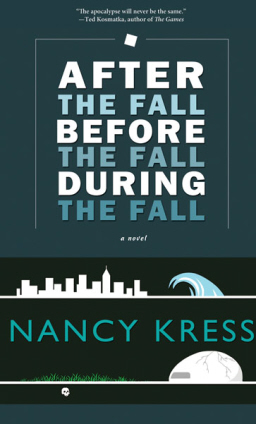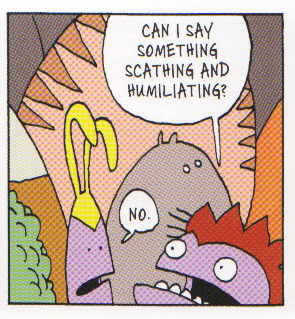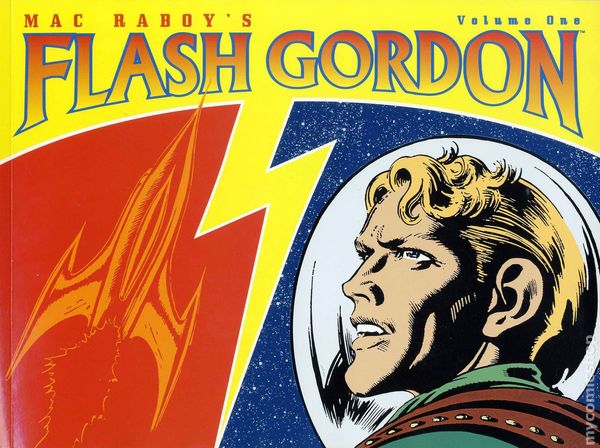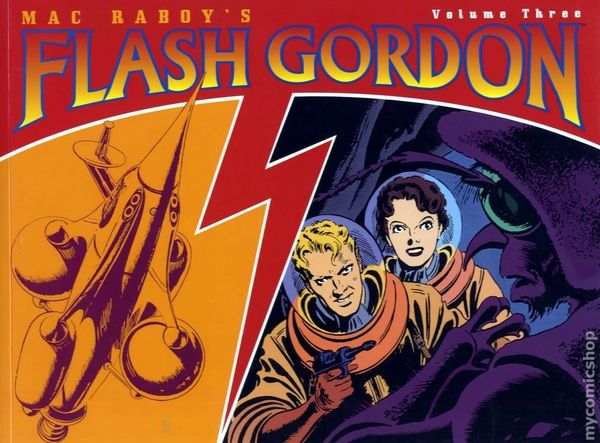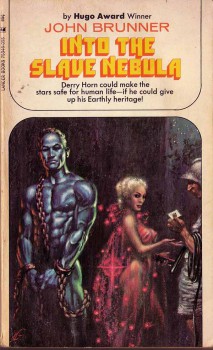Weird of Oz on the Art of Rating 2 (of 3)
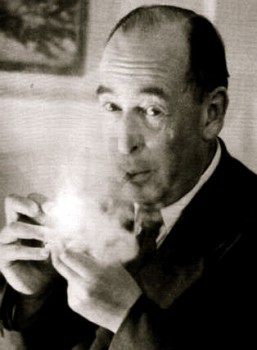
Last week, I began my reflections on the art of rating. These thoughts are based on my own 25+ years of reviewing literature and film, as well as on being an avid reader of reviews and follower of particular critics.
To recap, in last week’s post I covered the selection of a ratings scale, which can vary from the most simple “thumbs up/thumbs down” to a more nuanced 10-point scale such as I use (five stars, with half-star increments). I also touched on the implications of being either a stingy or a generous rater.
This week, I’ll delve a bit deeper by considering the importance of establishing one’s viewpoint and communicating that viewpoint (with all its preferences and prejudices) to the reader.
After I see a film, there are two additional pay-offs besides the film-viewing experience itself: 1) (social) discussing the film with friends, family, colleagues who also saw it; and 2) (solitary) paying a visit to rottentomatoes.com, the aggregating site that links to hundreds of reviewers, to find out what amateur and professional critics thought of it. It’s fun to see how one’s own impression compares to the general consensus, and I enjoy those “A-ha!” moments when a critic deftly articulates some emotional or intellectual response the film also evoked in me (or when they wittily trash an aspect of the film that I also abhorred). Doesn’t always happen, even when a critic has assigned to a film the same rating I’ve given it. It goes without saying that we can like the same thing for different reasons; likewise, we can dislike something equally vehemently, but on completely different grounds.

